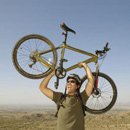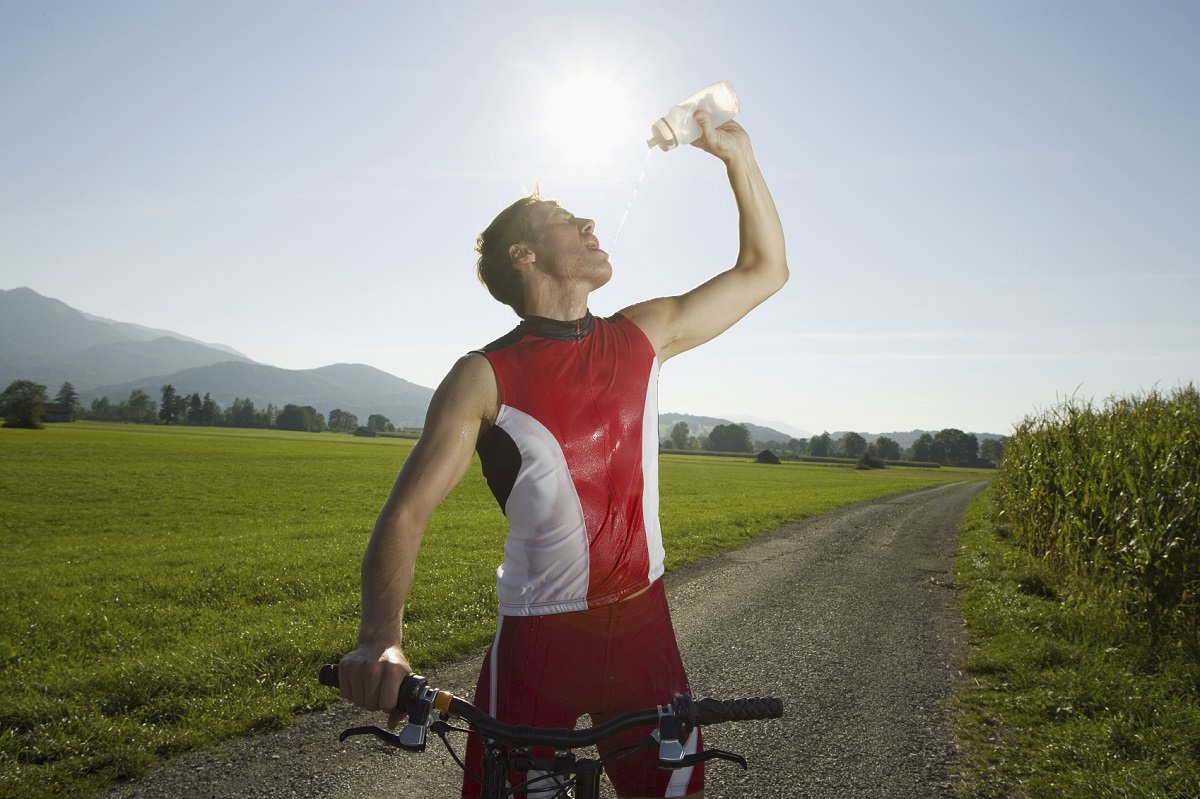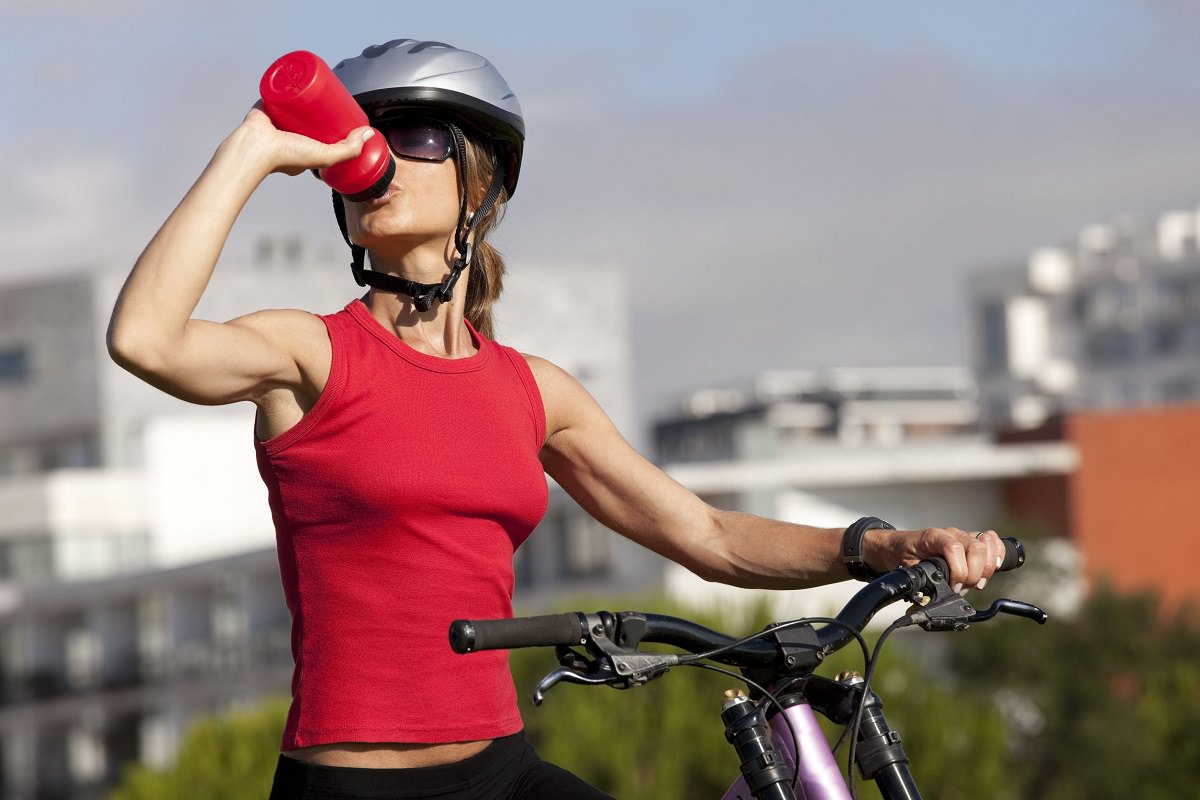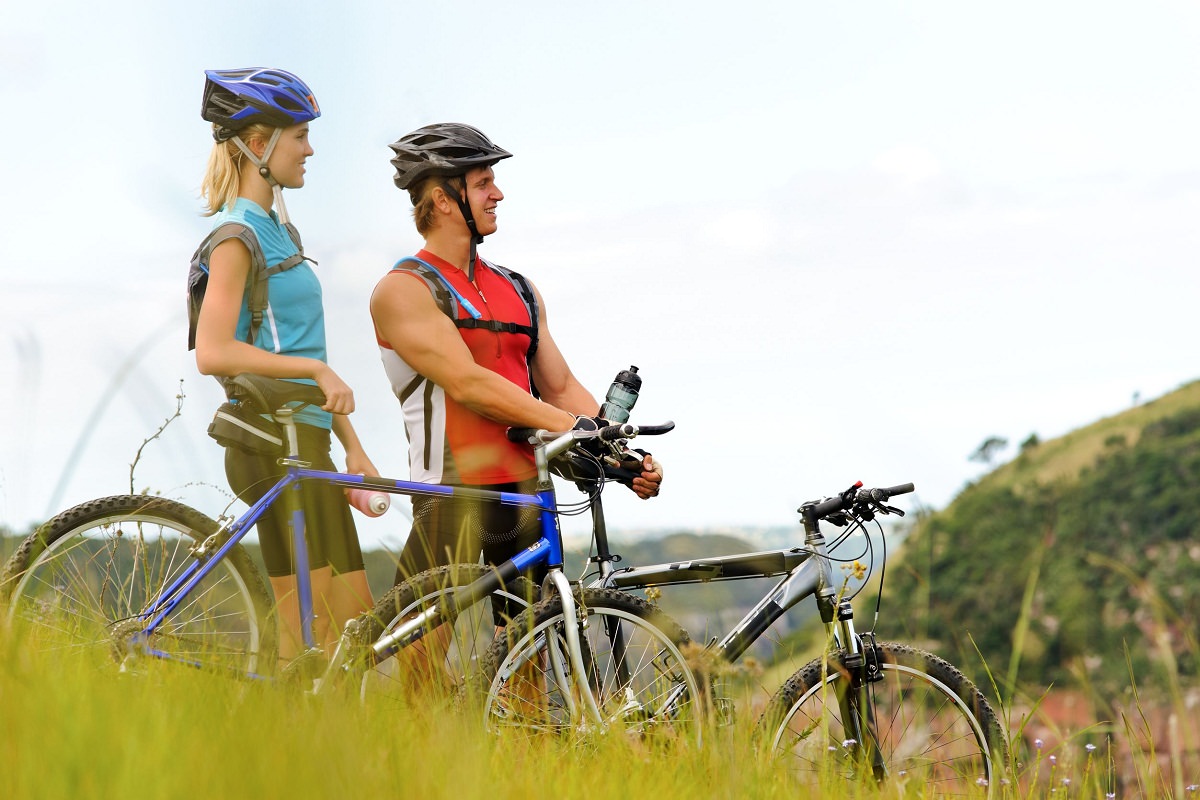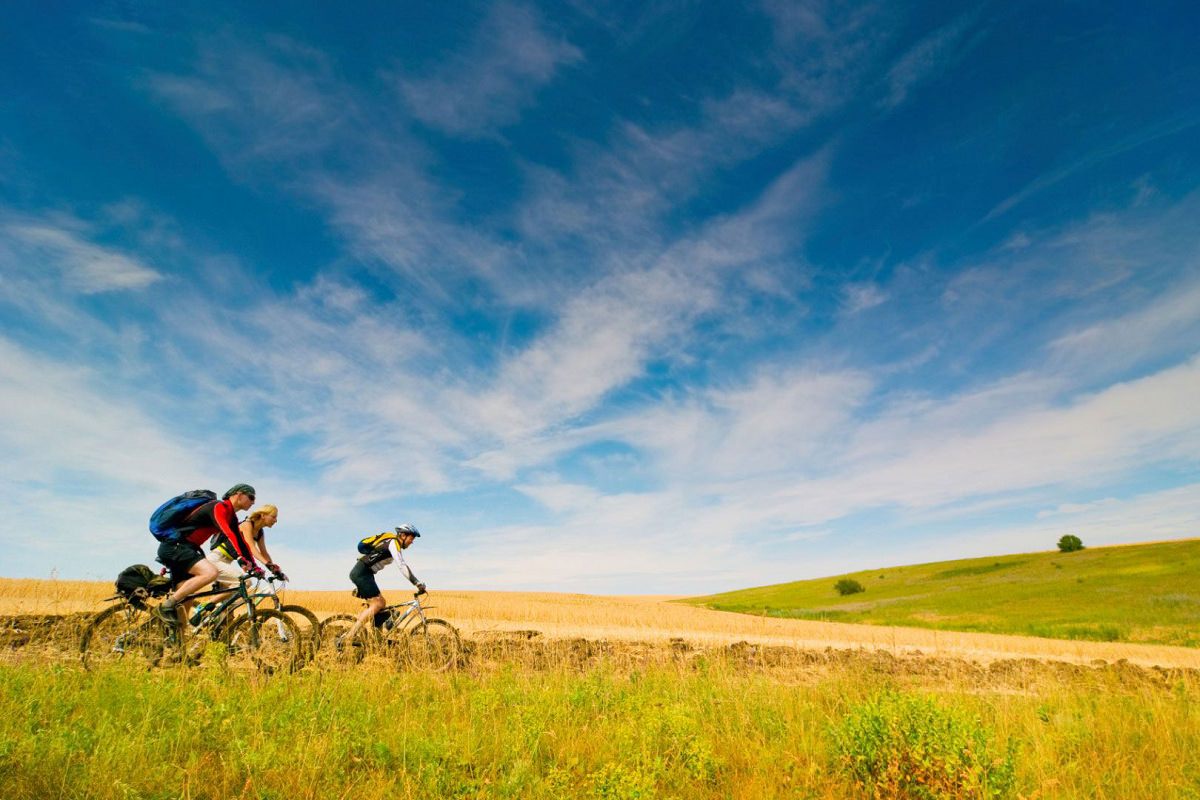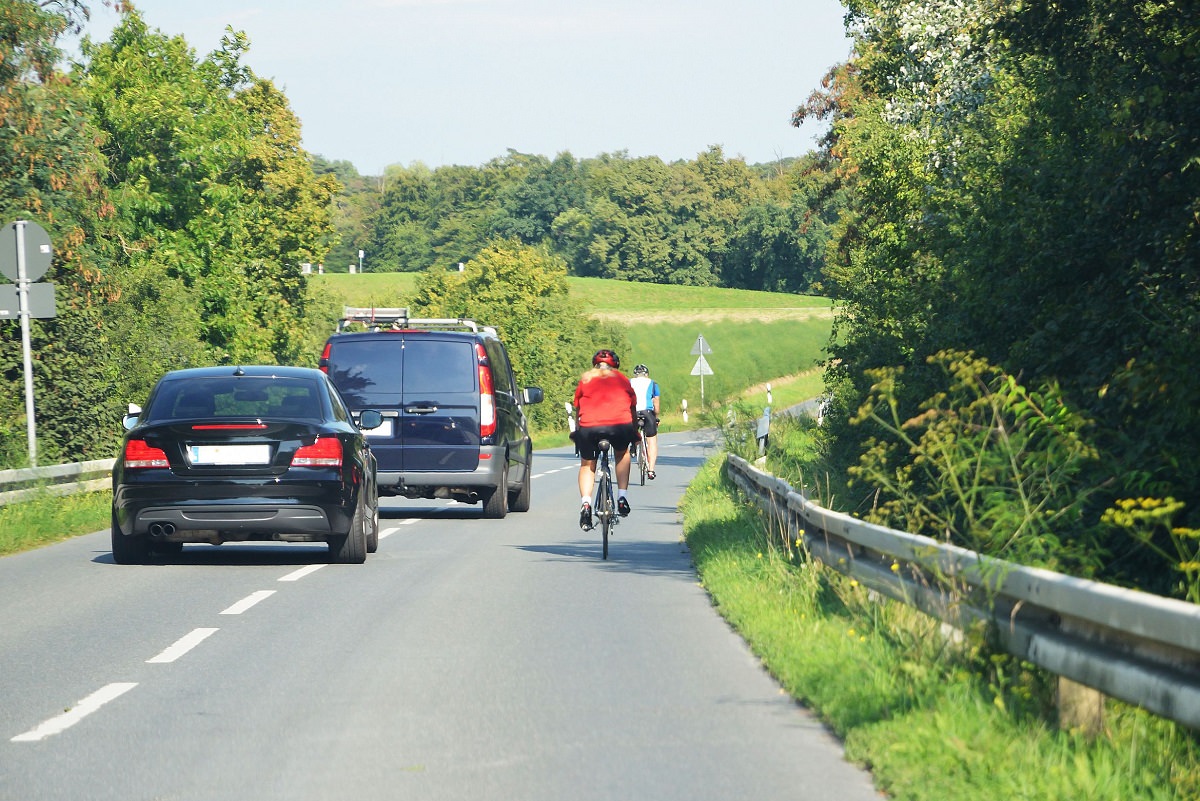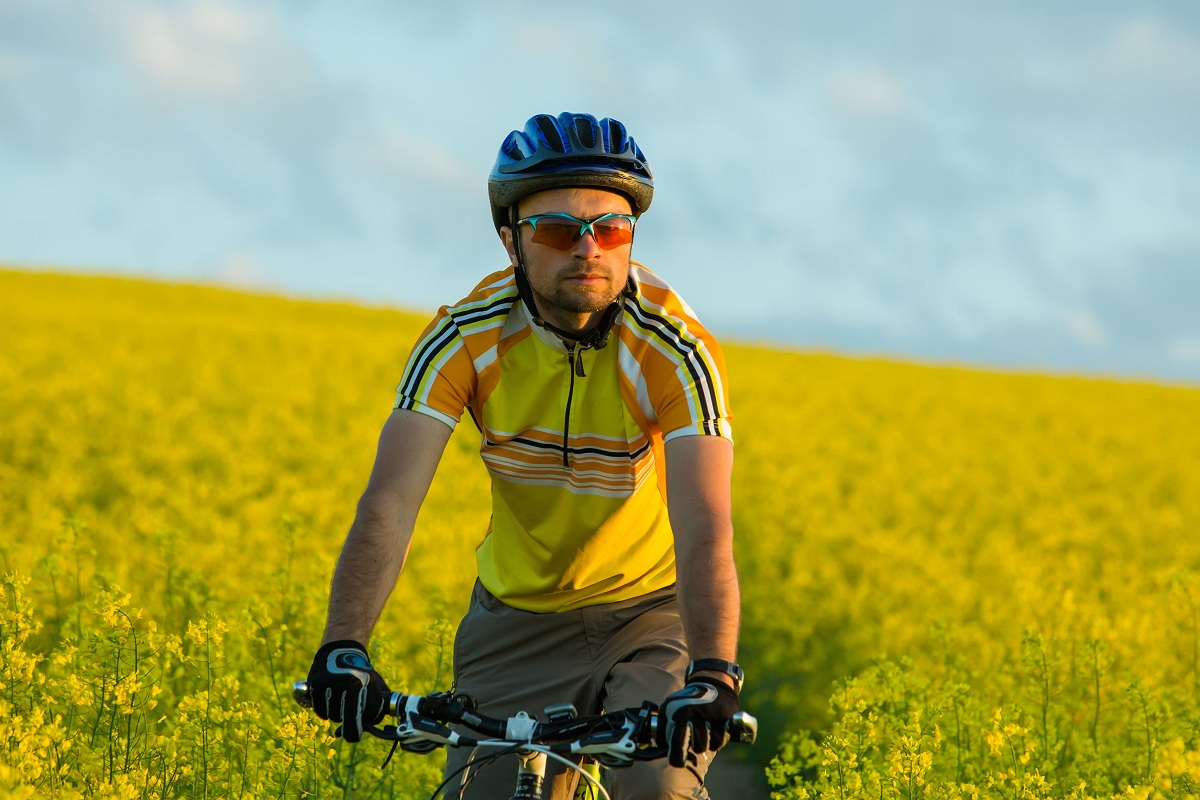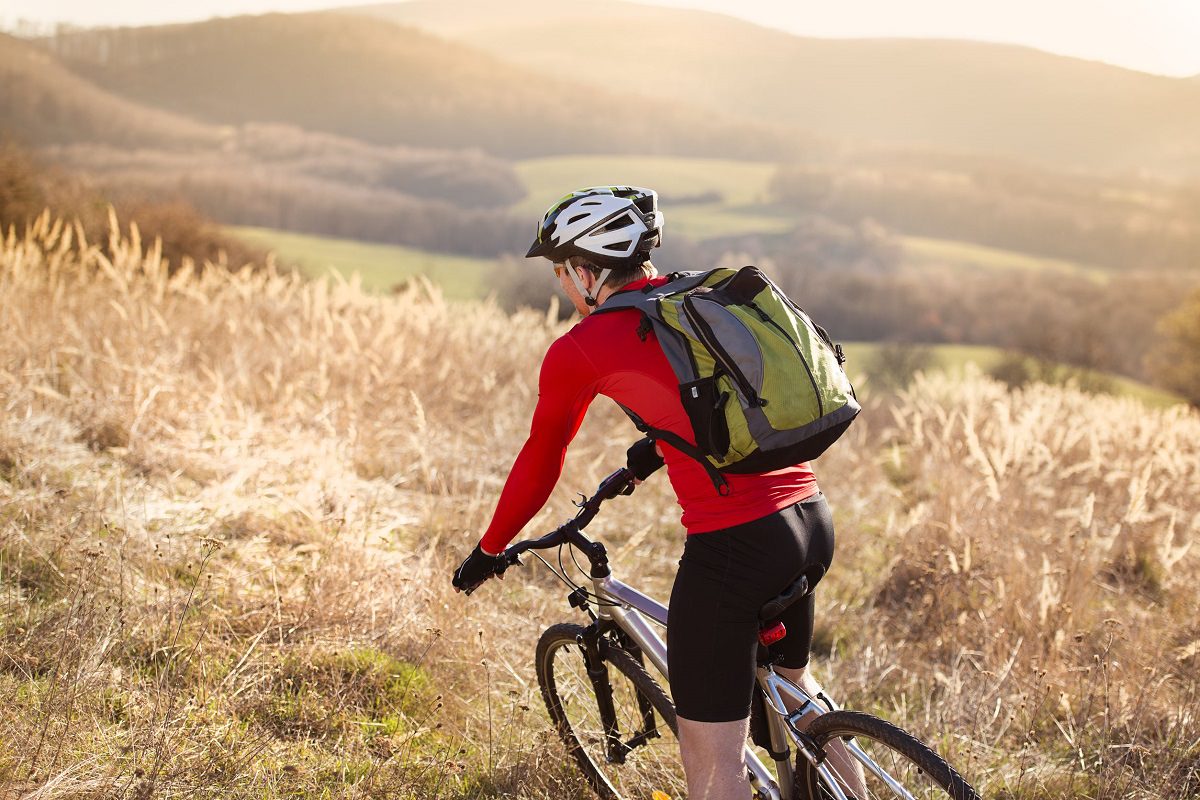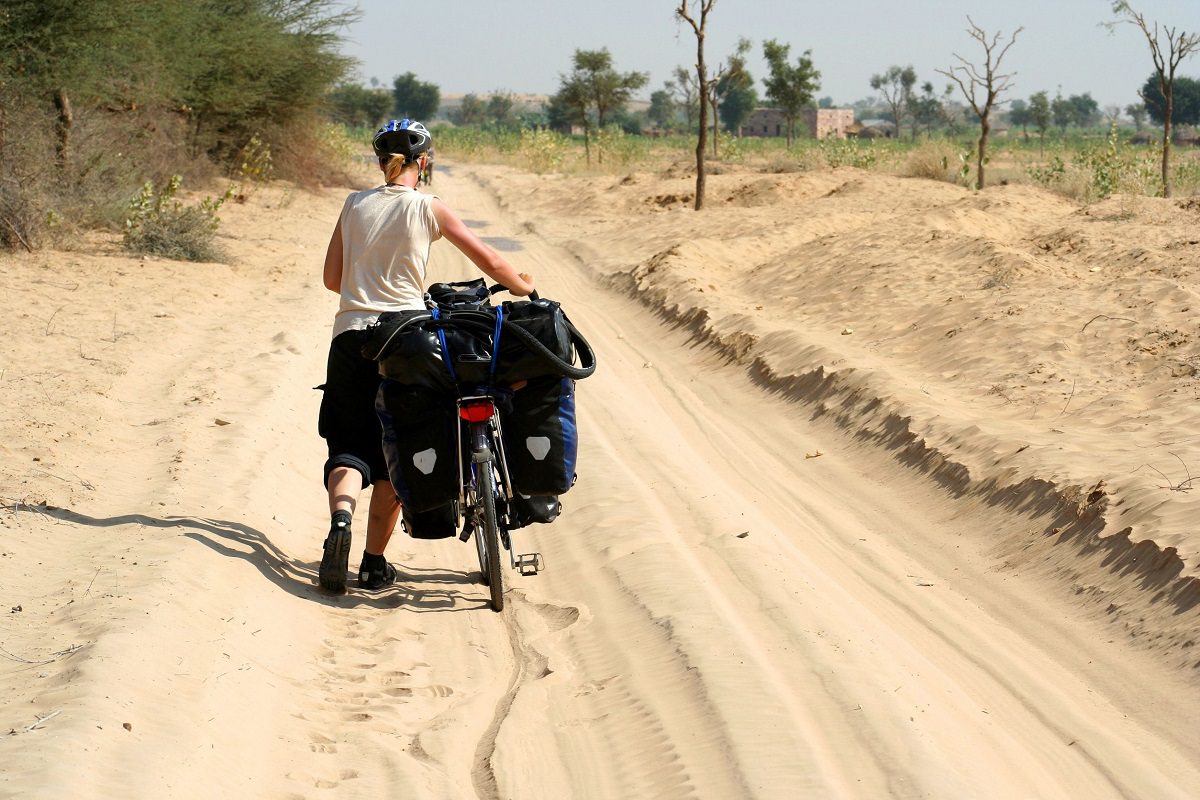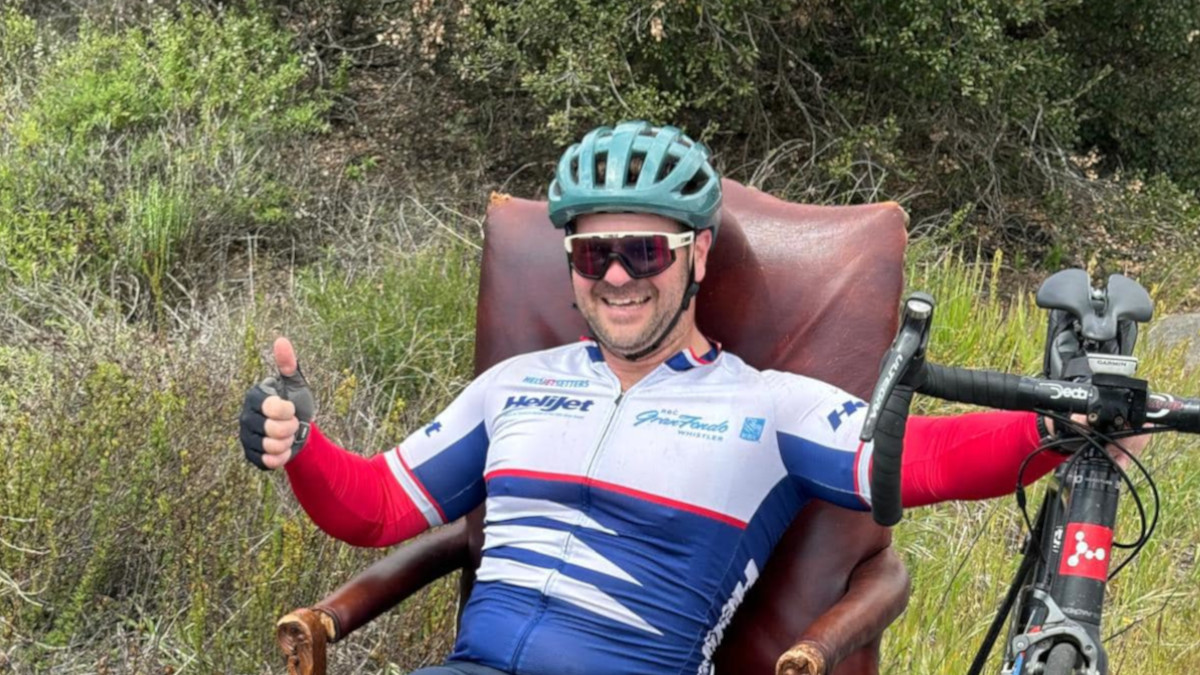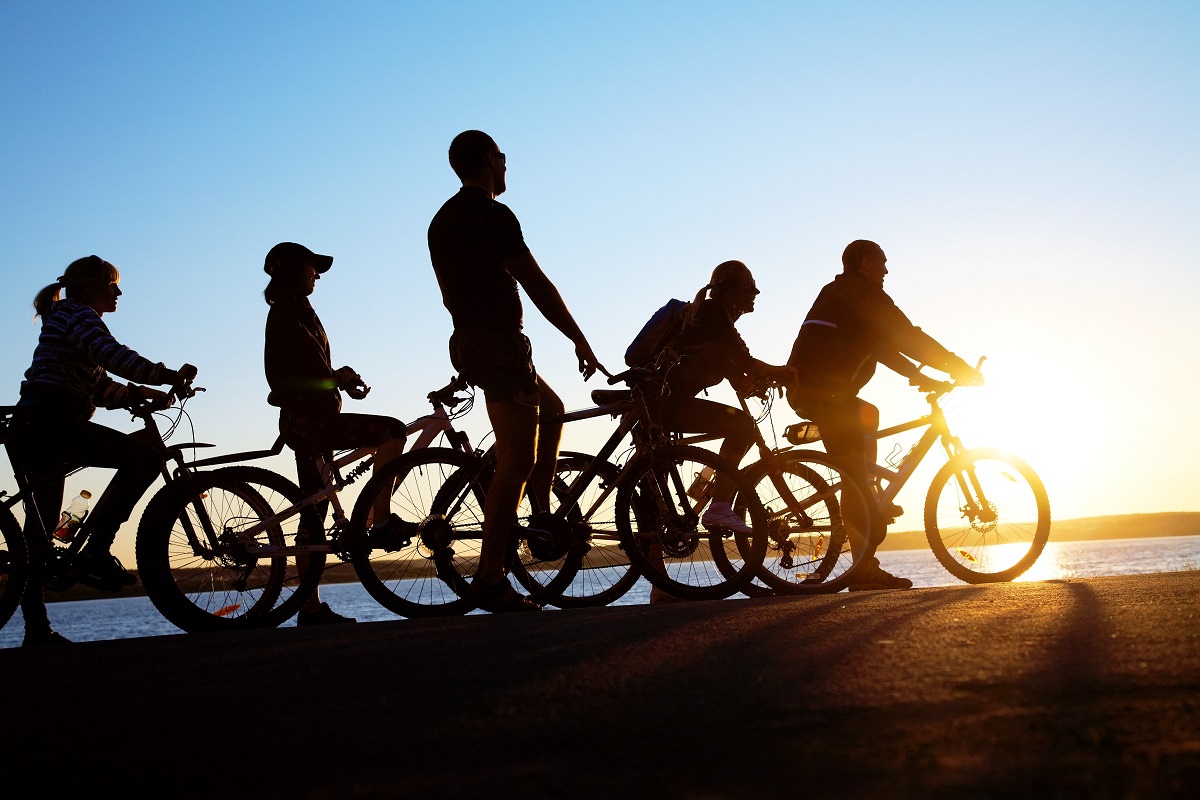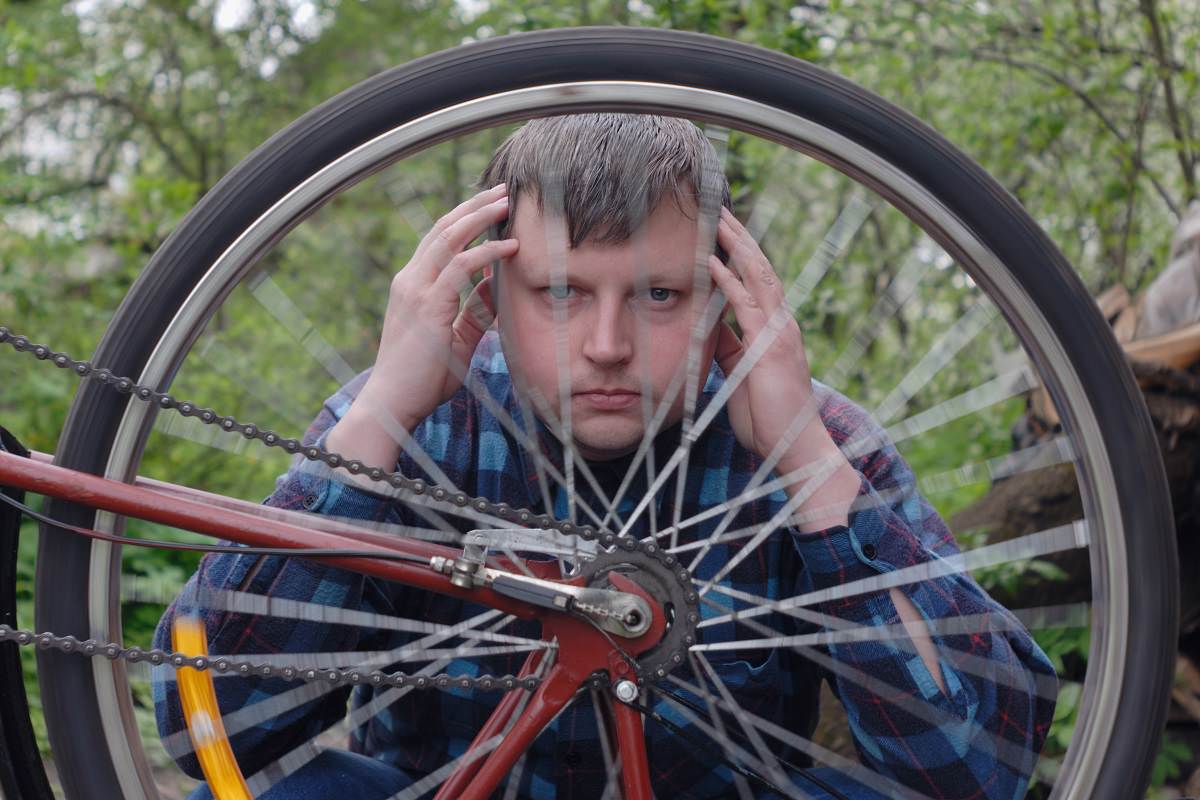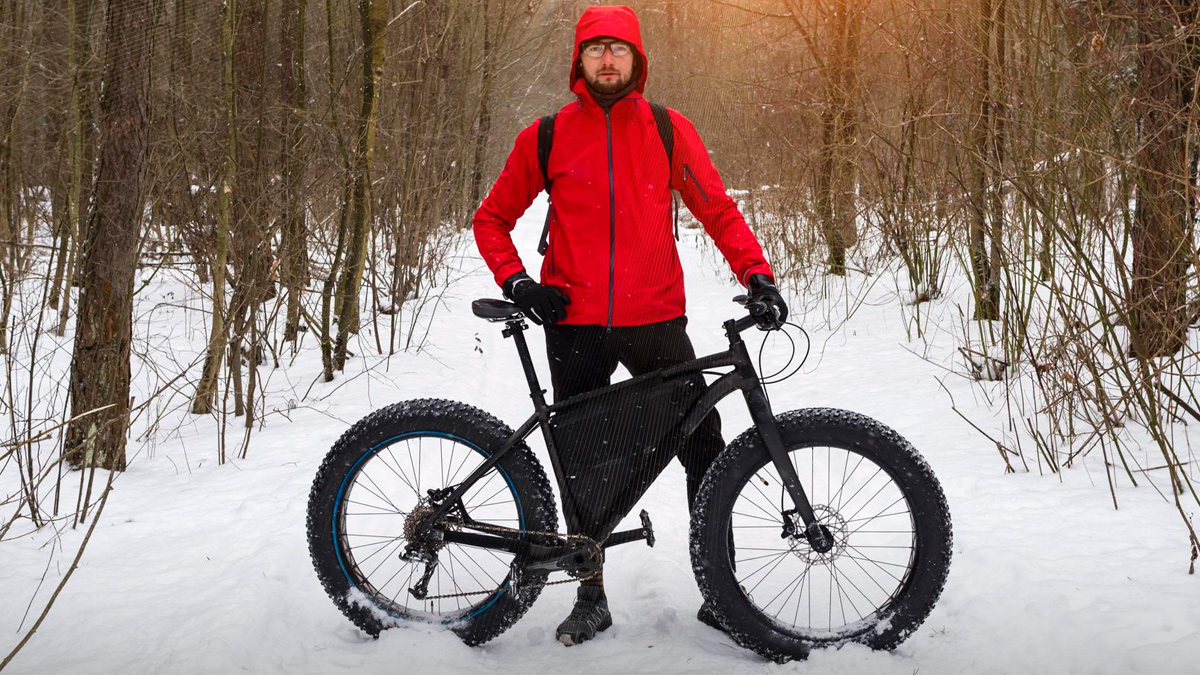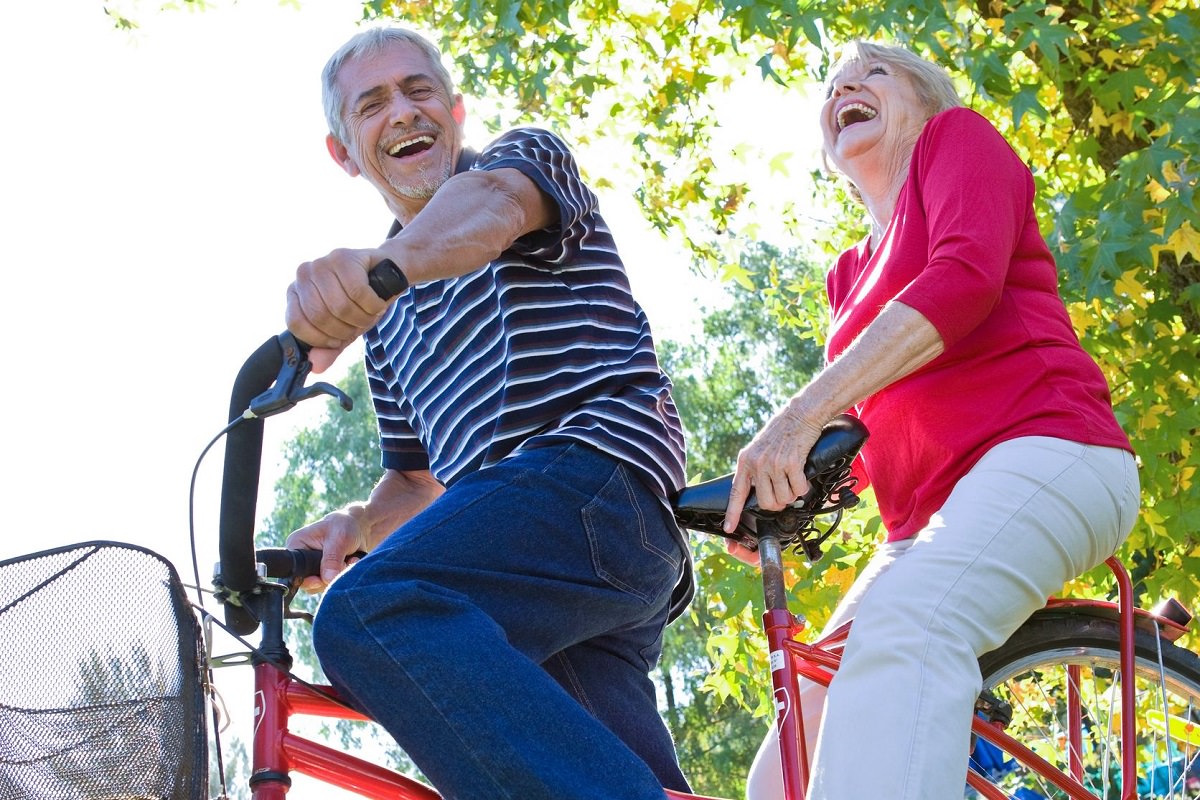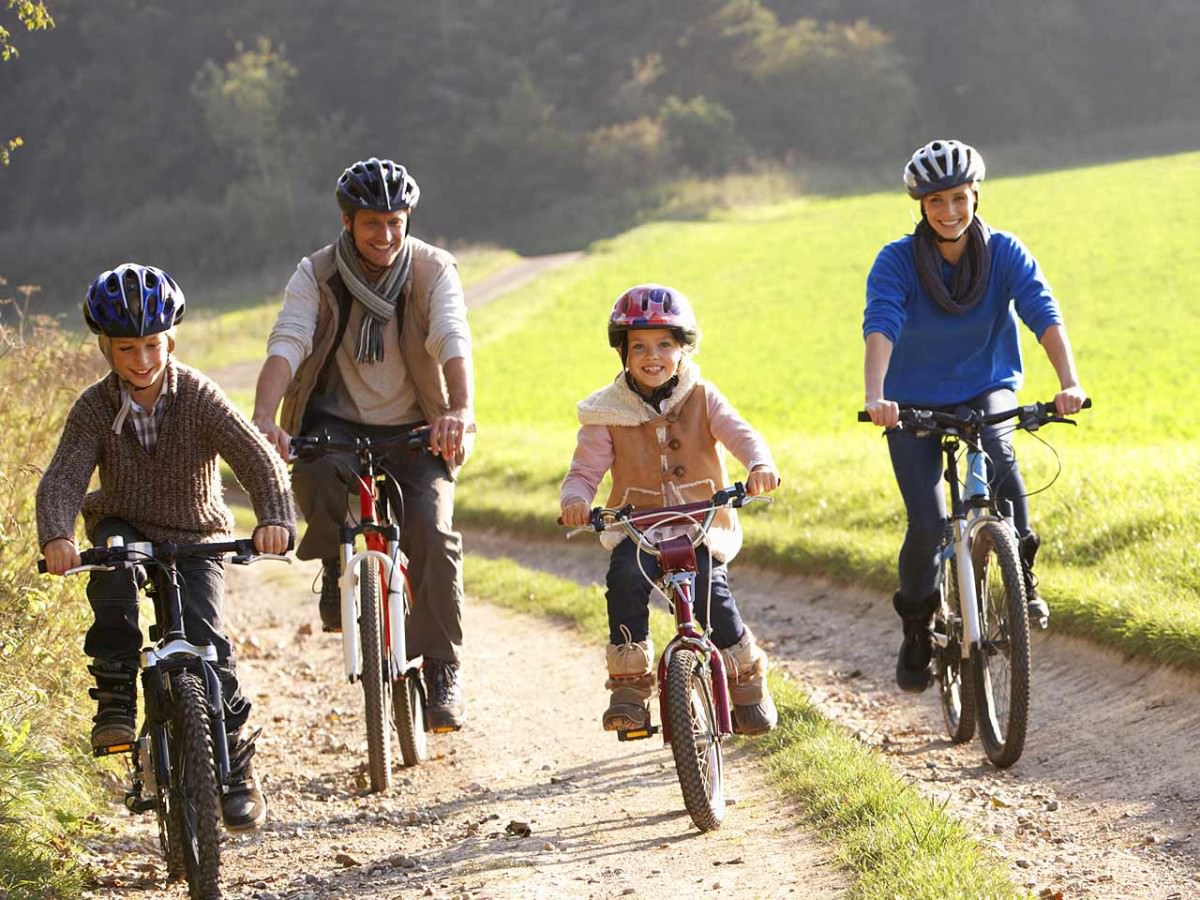Summer might be over for us, but worry not. Come spring, the heat wave will begin again. Not every part of the country is lucky enough to have proper seasons though. Some parts, such as Texas, are going through a tough time with a lot of humidity and a full-blown heat wave sweeping across the states.
Cyclists need to exercise caution in these days, because going about your business without the proper preparation and training could be very harmful to you. Cycling in this hot, humid weather in the summer or the tropical areas of the country could do more than just make you sweat. Humidity and sunshine both can cause quite a lot of acute health problems if not addressed.
5 Cycling Tips For Hot And Humid Weather
As cyclists, I pride on my ability to adapt to any weather and ride in any conditions. However, there has to be a time when all of us admit defeat. This is when you are going to need some help. You must all be very eager to go out for a spin the next time summer rolls along. If you want to come back fresh, and not half-dead, you will have to follow a few tips. Following these simple tips on your summer bike rides could actually save your life:
1. Make Sure To Stay hydrated
It cannot be stressed enough how important staying properly hydrated is for your body when it comes to cycling in hot weather. Water is the miracle cure for all heat related ailments that could come upon you during your ride. As you ride on in the heat, you start sweating a lot more over time as your body tries to regulate the core temperatures. You will start to lose track of how much fluid you are losing as the exhaustion sets in. This is actually a crucial moment in your ride. If you aren’t careful, you will end up losing more water than your body can afford, and end up getting early stage hyperthermia.
Make sure that you take little sips at regular intervals throughout your ride. No matter what you may be thinking, drinking water only when you are thirsty is quite possibly the worst thing that you can do. You need to make sure that your electrolytes are balanced for the entirety of the bike ride. The only way to do this is to make sure that you drink in sips, frequently, and regularly.
2. Dress For The Occasion
Cycle clothing has evolved over the years. The days of woolen jackets are long gone, and now there are plenty for every type of cycling requirement. It is very important indeed that you wear the right clothing. It makes absolutely no sense at all to be wearing your winter cycle jersey to ride to the store in the summer. In fact, the chances are that you will be found dead in a pool of your own sweat somewhere down the road. Luckily for you, good and cheap cycle clothing is available nearly everywhere and for everyone.
Wear Lightweight Clothes
When choosing summer cycle clothing, make sure you get lightweight clothes. Take a peek at the material with which the jersey or shorts have been made. If the material has some serious wicking properties, get it. You need as much of your sweat pulled away from your skin as possible in order to maximize cooling. Try getting a jersey that can be fully zipped up. This will allow you to pull down the zip if it gets too warm for your tastes.
Gloves Are A Great Help!
This will be aided by the breeze that you make when riding. In reality, riding in the heat will not be nearly as uncomfortable as stopping, because the stagnant air is what is going to turn you into a sweating, panting puddle on the road. Also, instead of gloves it may be a better idea to wear fingerless mitts, so that they are mostly open. Try to wear them though, because not wearing gloves can lead to sores, blisters and even slipping on the go.
Polarized Glasses Can Protect The Eyes
You may also want to think about polarized cycling glasses. This will help you far more than you think, because they will shield your eyes from the glare of direct sunlight off the surface of the road. They will also protect your eyes from the dust, bugs and other debris that always seem to be floating around at this time of the year.
Wrap A Bandanna Around Your Waist
Wrap a bandanna or scarf around your wrist in order to wipe the sweat off your brow at stop lights. Wear one around your head, under your helmet as well. This will help with sweat absorption. Wetting this at regular intervals with the water in your bottles is going to help drastically with cooling your brain.
3. Don’t Forget To Put On Sunblock
Another no-brainer is that you have to use sunblock. Every single time you go out, make sure you put on the sunscreen. The last thing you need is a severe sunburn because you “didn’t have the time” to protect yourself. You will when your entire face is as tender and raw as a freshly pulverized slab of veal.
4. Allow Yourself To Adjust To The Climate Change
With a sudden change in the climate imminent, you can’t just pick up your bike and furiously cycle off God knows where. No, before you get back into your routine of long, high-workout-intensity bike rides, you need to let your body get used to the new, more extreme temperatures and atmospheric water content. This is easier than you think though. All you need to do is take much shorter rides with a lot of rest periods in between. Do these as slow as you can in order to let your body take it easy.
Do this over a few days (or weeks, if you have time). Each time you go out, up the intensity and the distance a little. Make sure you don’t overdo it and collapse. As time goes by, your body will get more accustomed to the heat changes. While the riding will still be far more grueling than doing the same in colder weather, it won’t be as risky because you will be able to handle far more of a beating from the elements. This is the same thing that pro cyclists do to train for a cross-terrain race.
5. Decide On The Time Of Your Ride
This is truer than you may think. Sometimes in hot weather a difference of 15 minutes could make or break your journey. It could be the difference between arriving at your destination having had a pleasant, nature-friendly bike ride with a cooling breeze on your face and smile stretching your lips, or arriving where you want to go looking like you just broke out of a maximum security prison, with your hair looking like Einstein’s and your entire body glittering like that vampire from Twilight because of the sweat *blechhh*.
In addition to this, the hotter it gets the worse other drivers seem to be at what they do. While they start out all happy and calm, they seem to drive far more erratically as the day goes on. If you leave the house too late on a sunny day in the summer you are going to find a bunch of raging drivers in an insane hurry to get where they need to go.
Why Heat And Humidity Are Dangerous
For those of you who don’t know this already, humidity is the amount of moisture in the air. This is usually a value that is below 40% in the US. However, in recent years more humidity has been noticed in the atmosphere, especially near lakes and large bodies of water. Humidity can cause a whole range of unpleasant side effects if you exercise too much in it without the proper clothing or training.
Humidity is found to occur in mainly tropical parts of the country and the world. Places closer to the equator are more likely to have a humid climate, mainly because of the monsoon season that is more frequent than 4 seasons. The monsoon is basically a period of heavy rain almost constantly over a couple of months. As you can imagine, this leads to a very elevated level of humidity.
High humidity levels in the air can make it feel like it is way hotter than it actually is. This in turn can make us feel far more tired. Since it feels like the temperature outside your body is higher than normal, your body begins working in overdrive in order to regulate the temperature on the inside. This is actually why you sweat when you exercise: evaporating sweat takes with it a lot of your internal heat.
Sweat Has No Escape
However, when there are high humidity levels, the problem is that there is already so much moisture in the air. Sweat takes longer to evaporate, and not all of it is absorbed into the air. Even the sweat that does evaporate doesn’t do so as fast as it normally would. Because the sweat has nowhere to go, the body begins to overheat much faster.
At this point your blood vessels start to dilate in order to release heat. This is a survival mechanism so as to draw heat away from internal organs and the brain. Studies have actually found that overheating in humid tropical conditions is about as impactful on the body as a lack of oxygen. However, weakened bodies aren’t the only side effect that humidity while cycling can have on the body.
There are more deep-seated effects of moisture filled air on the body, such as arthritic symptoms. Asthma attacks have also been linked to high levels of humidity. One of the most likely risks of cycling in the humidity is that hyperthermia can occur. This is a direct precursor to heatstroke. This can cause nausea, dizziness, craps, low blood pressure and a high heart rate. It can also lead to damage to internal organs and even death if not addressed immediately.
FAQs
Is it good to cycle in the heat?
Yes, it is good to cycle in heat if you follow all the precautions.
What temperature is too hot to cycle in?
Some people may find it too hot to cycle in above 32°C (90°F).
Is it harder to cycle in the heat?
Yes, cycling in the heat can be harder, especially if you are dehydrated.
Can I cycle 1 hour a day?
Yes, you can cycle 1 hour a day if your health allows you to.
Conclusion
The most important parts of your ride, and you don’t even need to be on your bike. When you ride long distances in the heat or you have high intensity workouts, you are going to need to recover. Sometimes, hyperthermia can be patient. Get a diet after the ride that has a lot of carbs and proteins. Keep hydrating yourself throughout the day, so as to be watery on the inside for your ride tomorrow.
So, are you ready to take up the next ride in summers? Let me know in the comments below!
Also Read
- The Purpose Of Cycling Caps – Your One Stop To Know It All!
- Cyclist Safety & Protective Gear! Should Cyclists Always Wear Them?
- This Is Why You Are Cycling Slower In The Winter
- Winter Cycling Techniques For Any Kind Of Snow And Ice
Should you have any questions or require further clarification on the topic, please feel free to connect with our expert author Luke Ameen by leaving a comment below. We value your engagement and are here to assist you.

